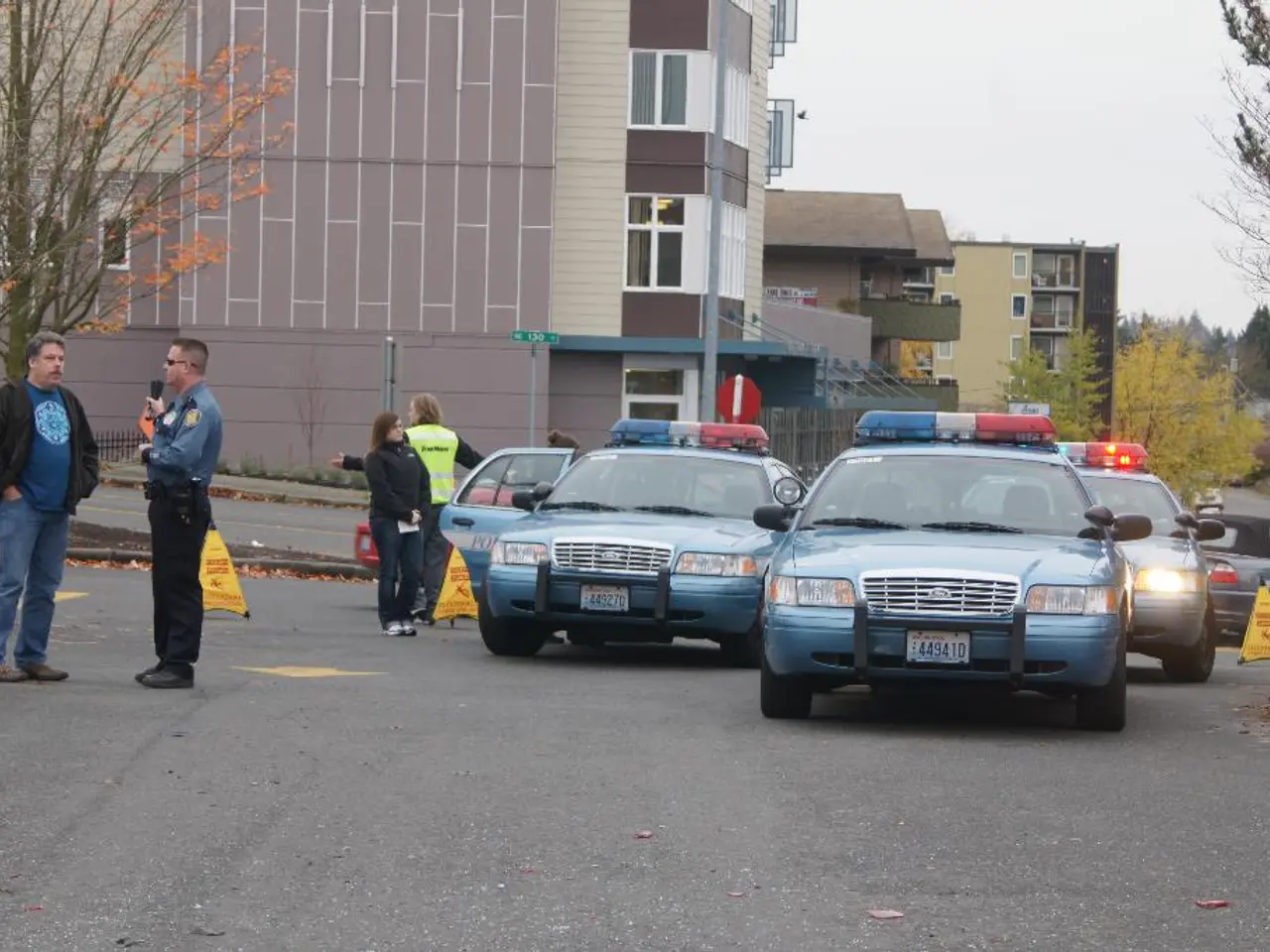Agencies authorized to push through with terminating collective bargaining, as decided by the appeals court
President Donald Trump's executive order, issued in March 2025, aimed at broadly eliminating collective bargaining rights for federal employees, has seen partial implementation despite ongoing legal challenges. The administration has terminated collective bargaining agreements at key agencies such as the Veterans Affairs (VA) and Environmental Protection Agency (EPA), affecting approximately 370,000 workers so far, with plans to extend the policy to about one million federal employees across over 30 agencies.
The executive order, which has been tied up in multiple legal battles with the American Federation of Government Employees (AFGE) and several other unions, has faced resistance from the unions who argue it violates constitutional rights such as free speech and procedural due process.
In a significant turn of events, the 9th Circuit Court of Appeals recently lifted a preliminary injunction that was preventing 21 agencies from implementing the executive order. This decision comes after a similar ruling in a separate lawsuit in May. The court's ruling allows the enforcement of the order while litigation continues.
The appeals court's decision is part of the ongoing preliminary injunction proceedings. The court believes that the government may suffer irreparable harm without a stay on the preliminary injunction. However, the AFGE maintains that President Trump's order on collective bargaining is both over-inclusive and under-inclusive, and that the selective enforcement of the executive order amounts to unconstitutional retaliation.
AFGE National President Everett Kelley described the appeals court decision as a setback for First Amendment rights in America. Despite this, Kelley stated that AFGE remains committed to fighting the case on the merits and is confident in their ability to ultimately prevail.
It is worth noting that the order covers agencies with no connection to national security but exempts some law enforcement employees. The appeals court panel, in its stay decision, indicated that President Trump would have still issued the order, even without any targeting of specific unions or agencies.
As the legal battle continues, the federal workforce is left in a state of uncertainty, with the current status being that President Trump’s executive order to broadly eliminate collective bargaining in the federal workforce is largely being enforced at targeted agencies despite ongoing union litigation, under authorization from the Ninth Circuit Court of Appeals.
[1] New York Times: Trump's Executive Order on Collective Bargaining for Federal Employees [2] AFGE: AFGE v. Trump: Federal Court of Appeals Lifts Preliminary Injunction [3] CNN: Federal court lifts preliminary injunction on Trump's executive order targeting unions [4] Washington Post: Trump's executive order on collective bargaining for federal employees [5] USA Today: Trump's executive order on collective bargaining for federal employees: What you need to know
[1] The current state of the executive order, which eliminates collective bargaining rights for federal employees, allows for its enforcement at targeted agencies, as the Ninth Circuit Court of Appeals lifted preliminary injunctions against 21 agencies. [2] The American Federation of Government Employees (AFGE), in response, continues to engage in policy-and-legislation and general-news discussions, arguing that the order violates constitutional rights and is both over-inclusive and under-inclusive.







